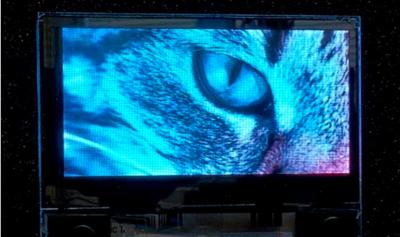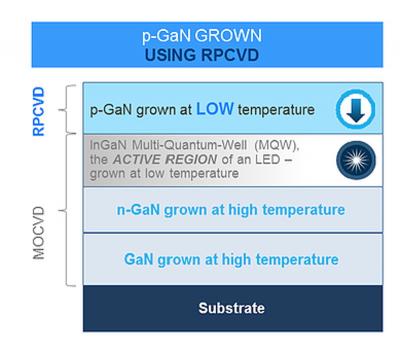In March 2018, Australia-based RPCVD developer BluGlass announced that it has entered into a collaboration agreement with a microLED company to investigate the use of its Remote Plasma Chemical Vapor Deposition (RPCVD) production technology to produce RGB MicroLED devices.

BluGlass now announced that its partner is X-Celeprint, that used the process to demonstrate a 2,000 cd/m2 micro-LED display that offers good luminance with color uniformity, quantum efficiency and forward voltage that equals current high-performance commercial applications. BluGlass reveals that X-Celeprint has been a long-standing customer of BluGlass’ foundry services and were the first adopter of its RPCVD system for Micro-LED production.
In June 2018 X-Celeprint demonstrated a 5.1" Micro-LED display with a pixel density of 70 PPI (which means the resolution is around 300x200). The display uses micro ICs to control and compensate each pixel (this is not a TFT display). It could be that this is the display that BluGlass is referring to, or it could be that the 2,000 nits display is a new one prototype that will be unveiled soon.

Posted: May 09,2019 by Ron Mertens

